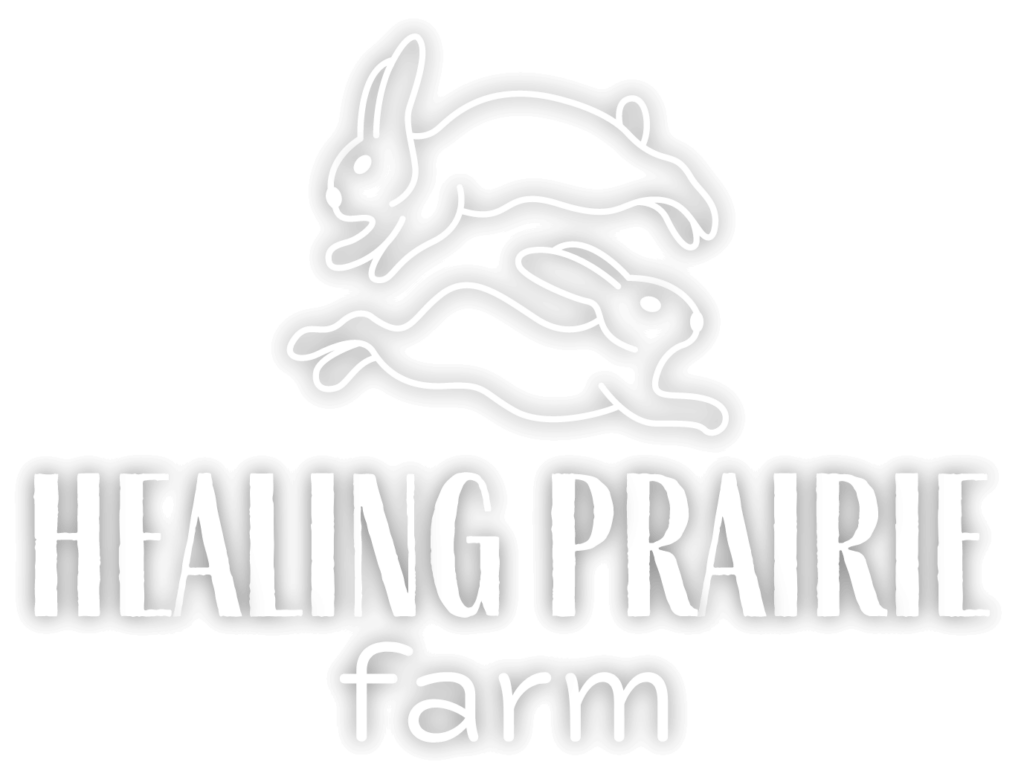
A Breath of Fresh Air for Youth in Crisis
Crisis Stabilization and Therapeutic Care for Youth
Healing Prairie Farm is a collaboration between CommUnity Crisis Services and United Action for Youth (UAY). Located in rural Iowa City, the farm offers an alternative to traditional youth crisis services. The farm care model integrates crisis stabilization methods with naturally therapeutic experiences so kids can process emotions, connect with animals, and engage in activities that foster healing and stability.

Call the farm directly at 319-255-7006 or submit a form to learn more.
Healing Prairie Farm offers two programs for youth. Both use developmentally appropriate care and offer a more healing environment than more traditional and clinical settings.
Youth Crisis Stabilization
The goal of the Youth Crisis Stabilization program is to provide immediate intervention and short-term care for youth ages 10*-17 who may be in crisis. Depending on the individual in crisis, crisis stabilization care may be required for as little as 24 hours or as long as 10 days.
We Provide Care For:
Depression:
Youth who express feelings of hopelessness, withdrawal from activities they once enjoyed, or persistent sadness that interferes with daily functioning.
Anxiety Attacks:
Youth who experience panic attacks or overwhelming anxiety, particularly if these episodes disrupt their ability to engage in school or social activities.
Self-Harm Behavior:
Youth who engage in self-injurious behavior as a way to cope with emotional pain or distress.
Trauma-Related Stress:
Youth displaying signs of post-traumatic stress disorder (PTSD) after experiencing or witnessing traumatic events, which may manifest as nightmares, flashbacks, or severe anxiety.
Grief:
Loss of a loved one or important relationship.
Family Conflict:
Family conflict that results in significant emotional distress.

Youth Shelter
The Youth Shelter is intended to provide long-term care for unhoused youth who have run away from home, face instability at home, or are currently couch surfing. The goal is to achieve family reunification and/or successful placement into safe and stable housing. The program offers a safe environment for youth ages 12–17 years for up to 21 days.
*Special considerations are made for youth aged 10–12 based on the ages of other youth currently in care to ensure a healing space.

Eligibility Criteria: When in Doubt, Reach Out!
We are more than happy to answer questions about eligibility, provide a referral assessment, and direct families to additional local services that are appropriate for their needs and circumstances. Our services are free of charge for everyone.
Frequently Asked Questions
Will someone always be present with youth?
Yes, attentive staff are available 24/7, although we do not provide continuous monitoring. Staff will check in as needed based on individual care plans.
Can youth bring and use their cell phones?
Youth have scheduled access to cell phones for one hour each day, limited to designated areas.
Will youth receive their prescribed medications?
Prescription and over-the-counter medications must arrive in original packaging. Our staff will ensure safe administration.
What will youth do on the farm?
Youth can engage in various therapeutic programs, including animal care, arts, and music, along with daily sessions with a mental health professional.
Will youth share rooms?
Rooms are shared; each youth should expect a roommate.
What should youth bring?
Please bring essentials only. Youth should pack for 3-5 days; washers and dryers are available for extended stays.
Are there items youth cannot bring?
Personal belongings will be checked and inventoried upon arrival. Any unsafe items will be retained by staff for safekeeping.
Can family members visit?
Yes, family visits can be scheduled with farm staff. Guardians are responsible for supervising any children they bring along.
Will youth attend school during their stay?
While Youth Crisis Stabilization participants will not attend school, those in our shelter program are expected to continue their studies.

Contact Healing Prairie Farm
Please call or fill out the form below to learn more about Healing Prairie Farm and the farm care model for youth crisis stabilization and care.
Call the farm directly at 319-255-7006 or fill out the form below:
This web page is supported in part by Grant Number 90CY7539 from the Family and Youth Services Bureau within the Administration for Children and Families, a division of the U.S. Department of Health and Human Services. Neither the Administration for Children and Families nor any of its components operate, control, are responsible for, or necessarily endorse this website (including, without limitation, its content, technical infrastructure, and policies, and any services or tools provided). The opinions, findings, conclusions, and recommendations expressed are those of the author(s) and do not necessarily reflect the views of the Administration for Children and Families and the Family and Youth Services Bureau.